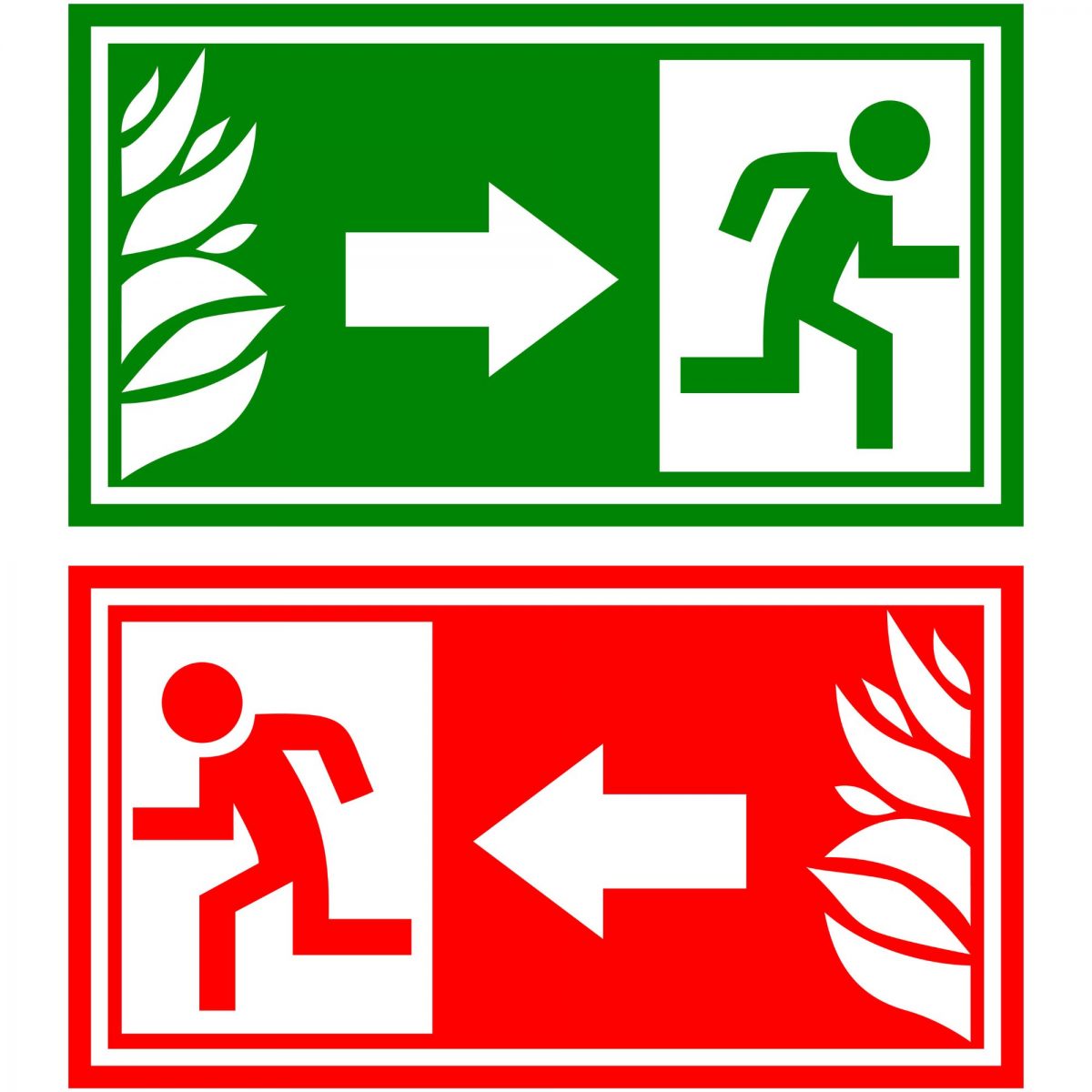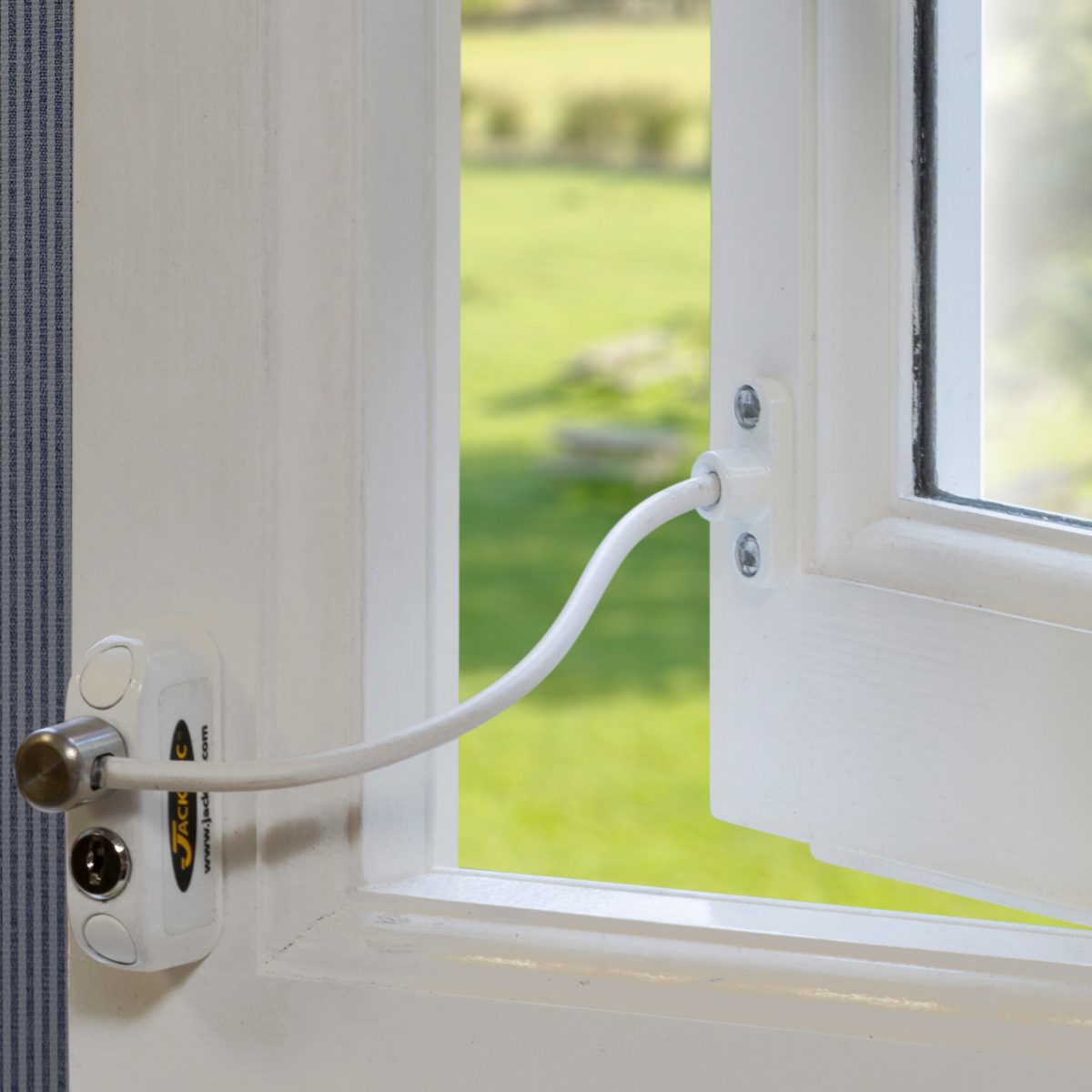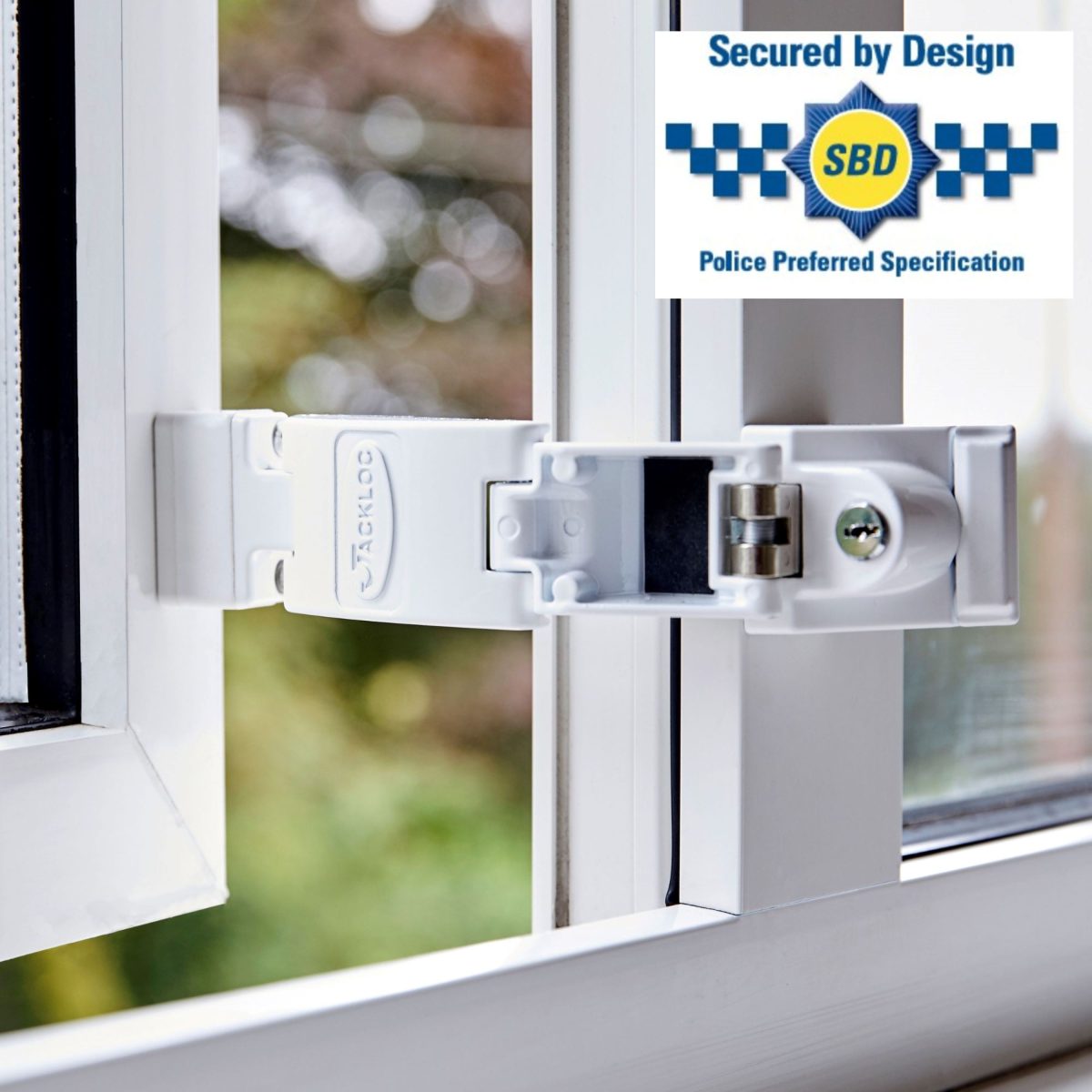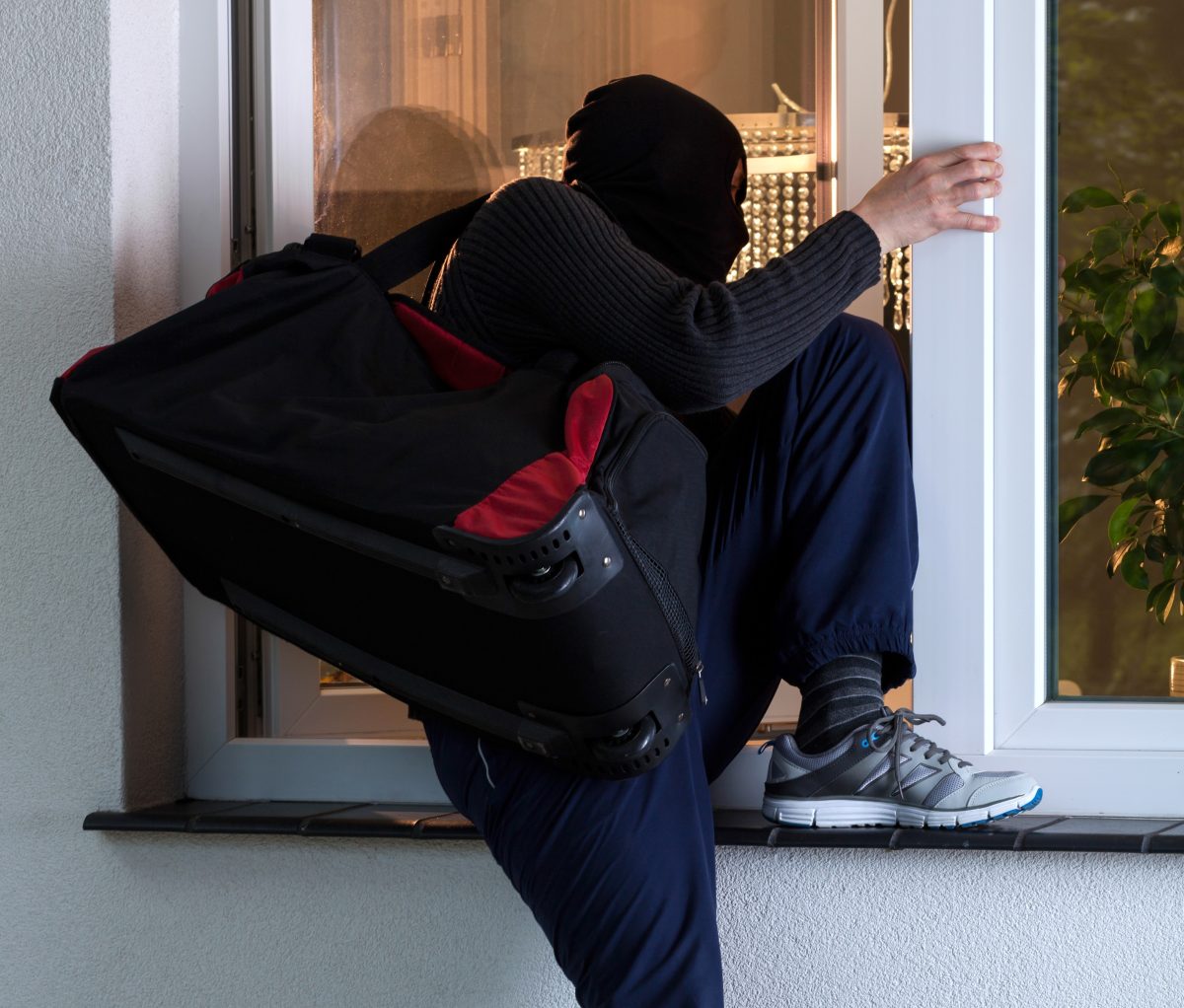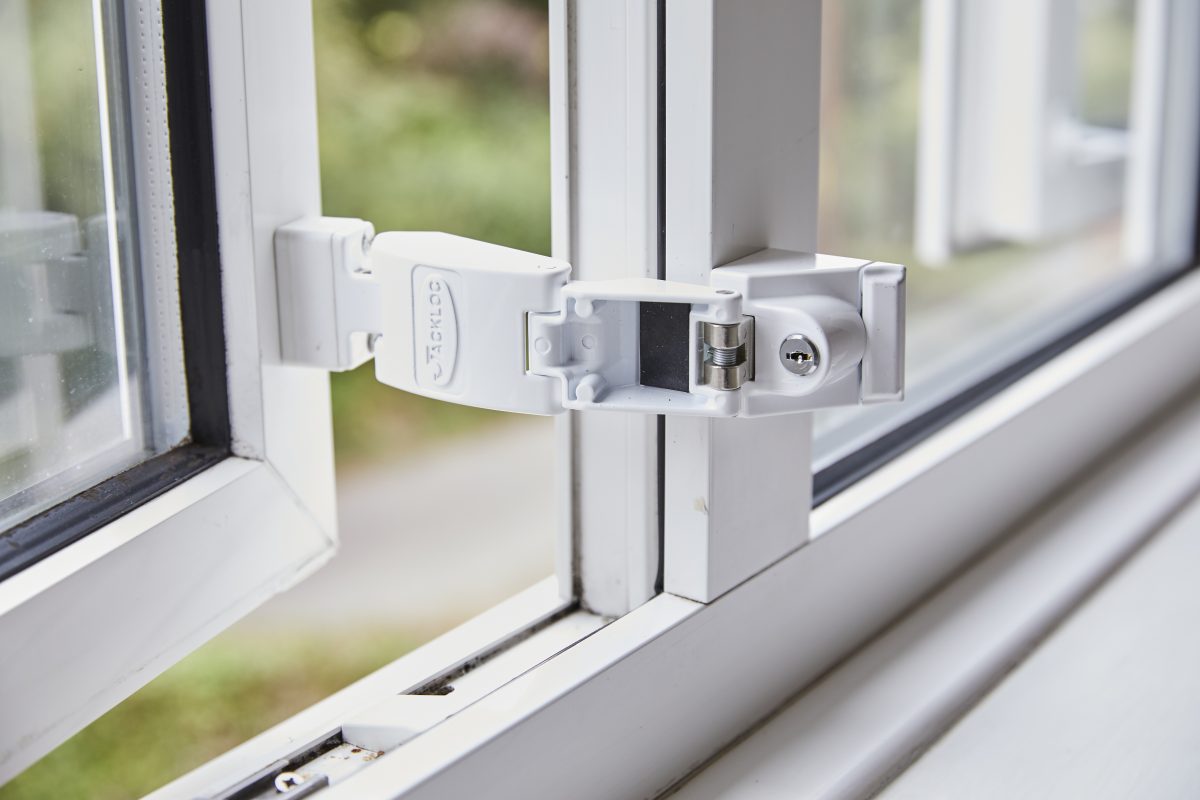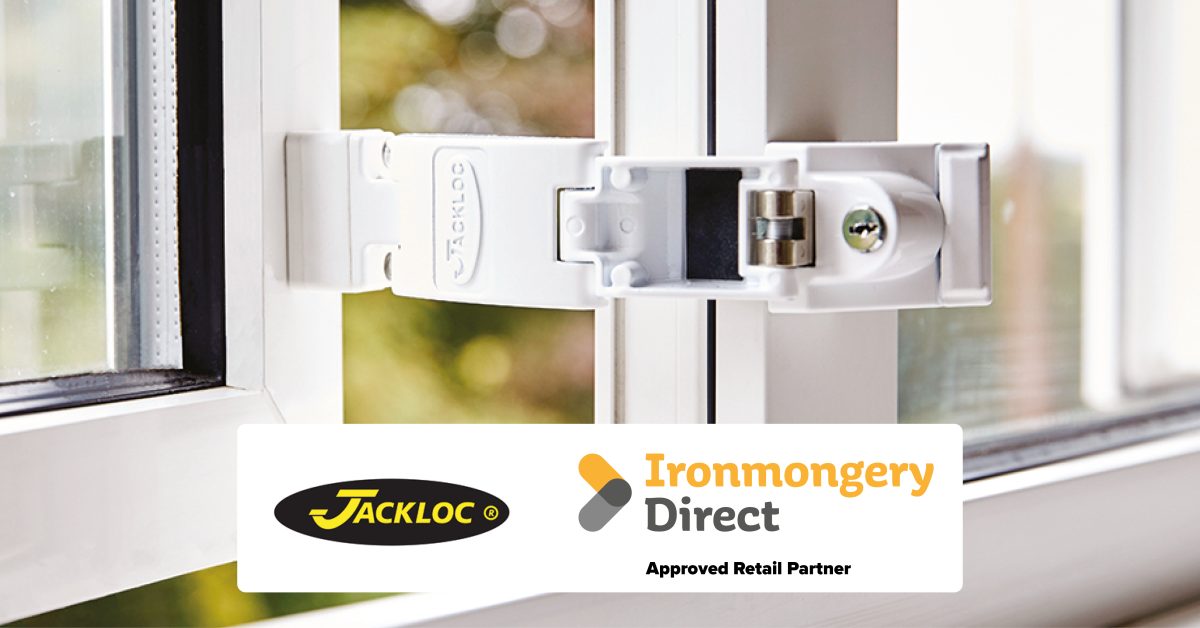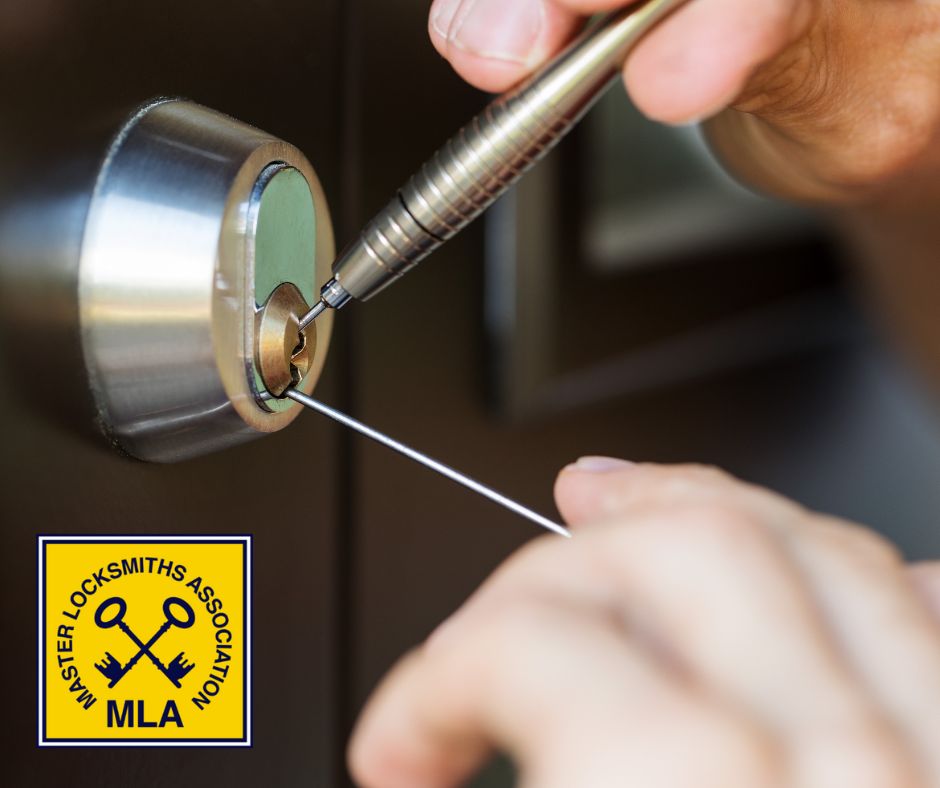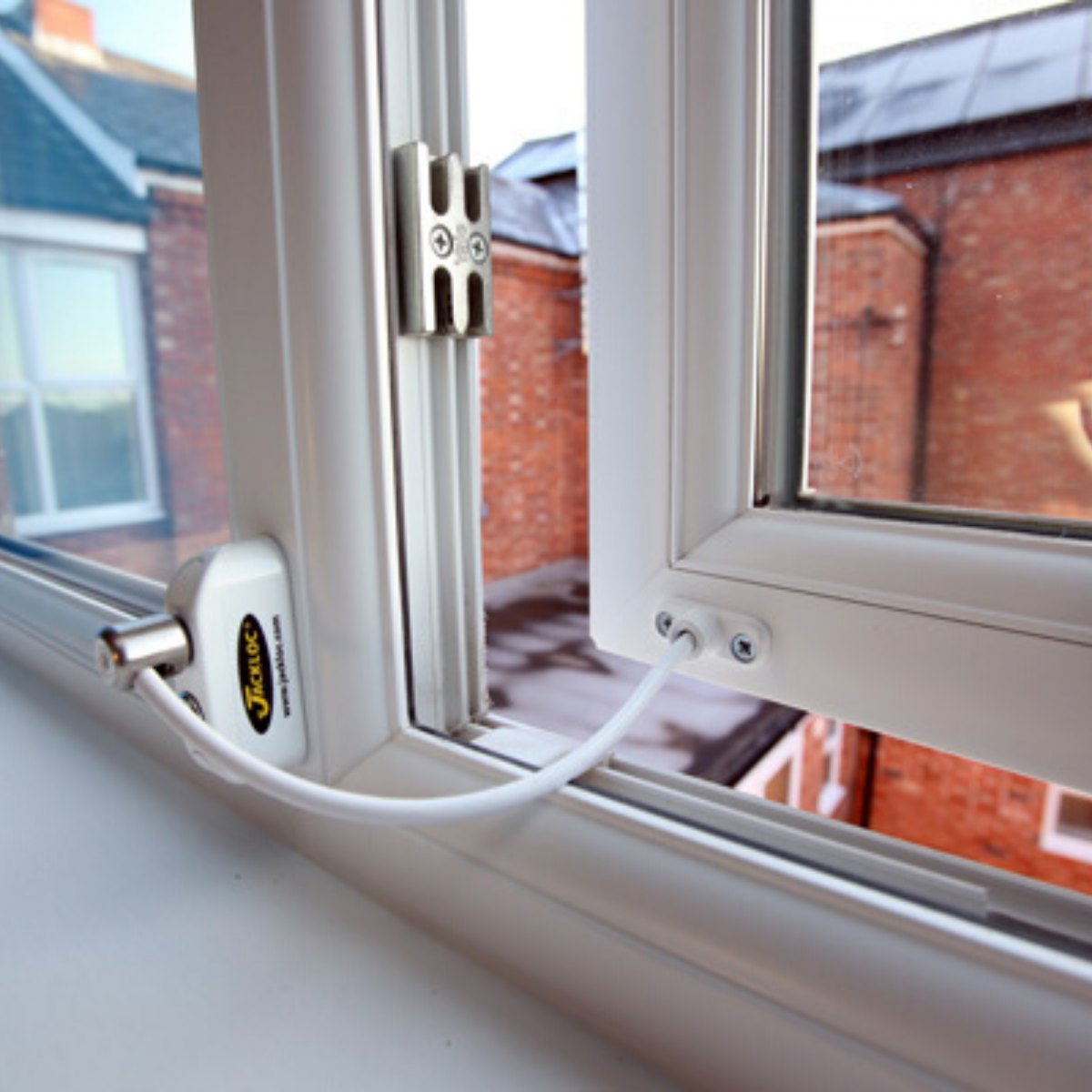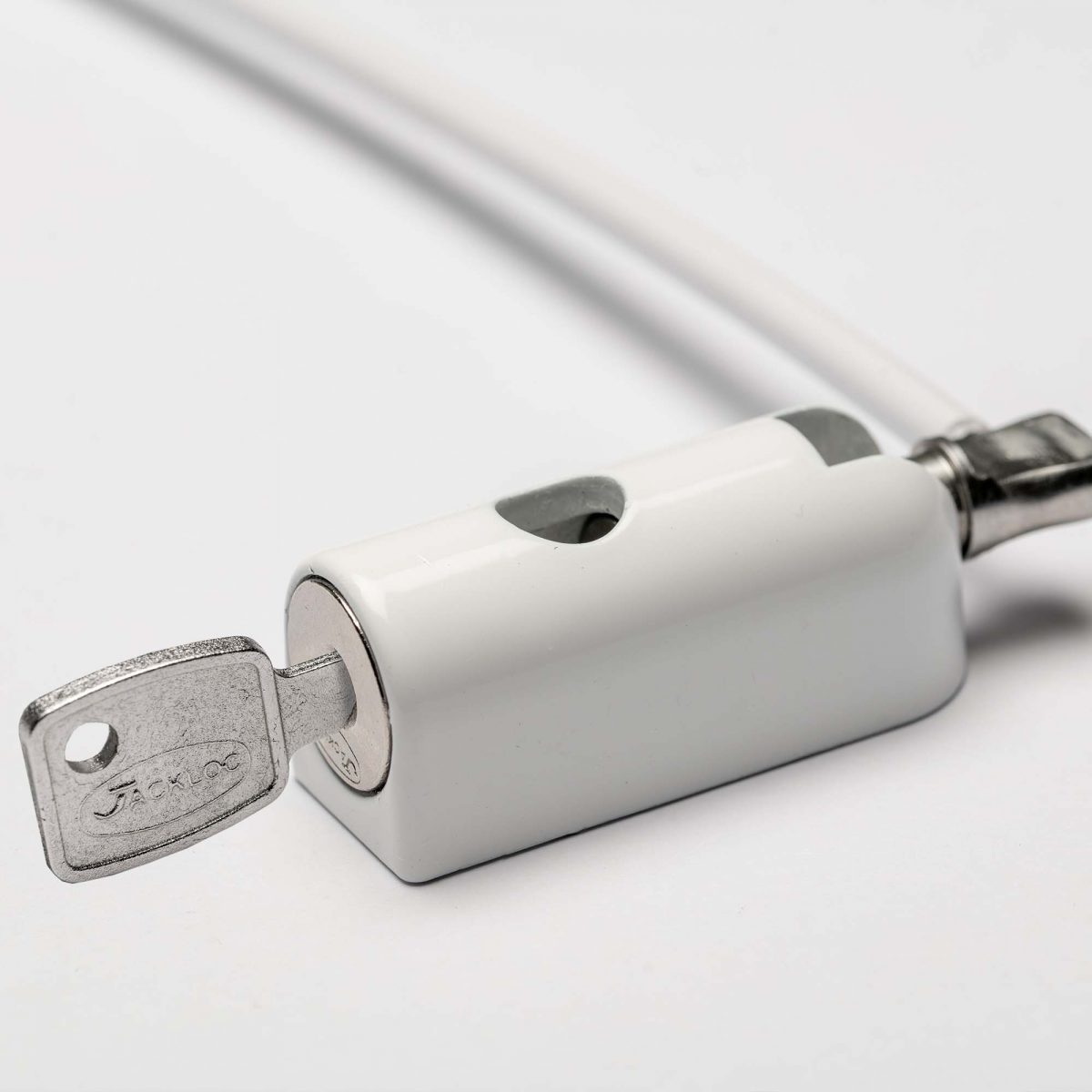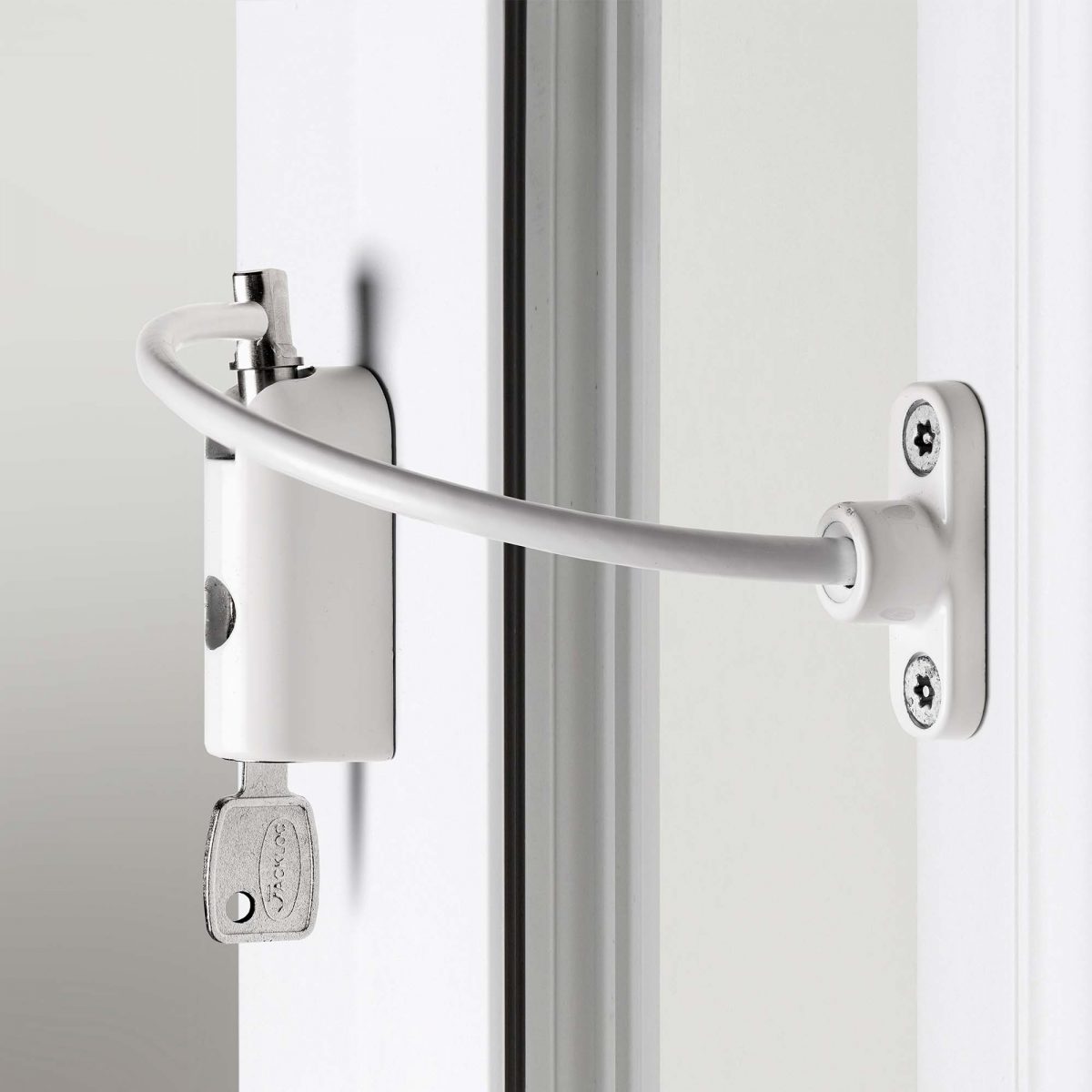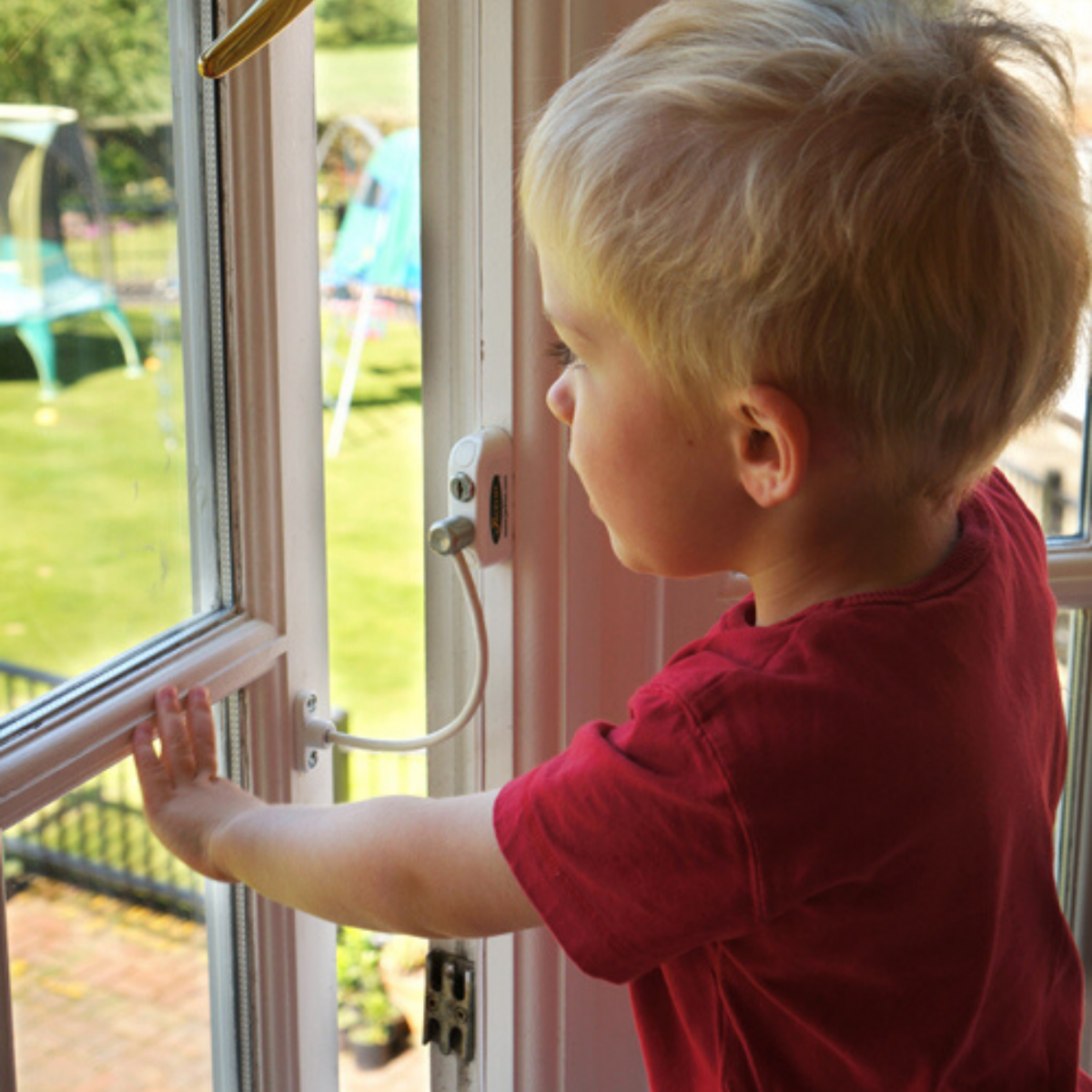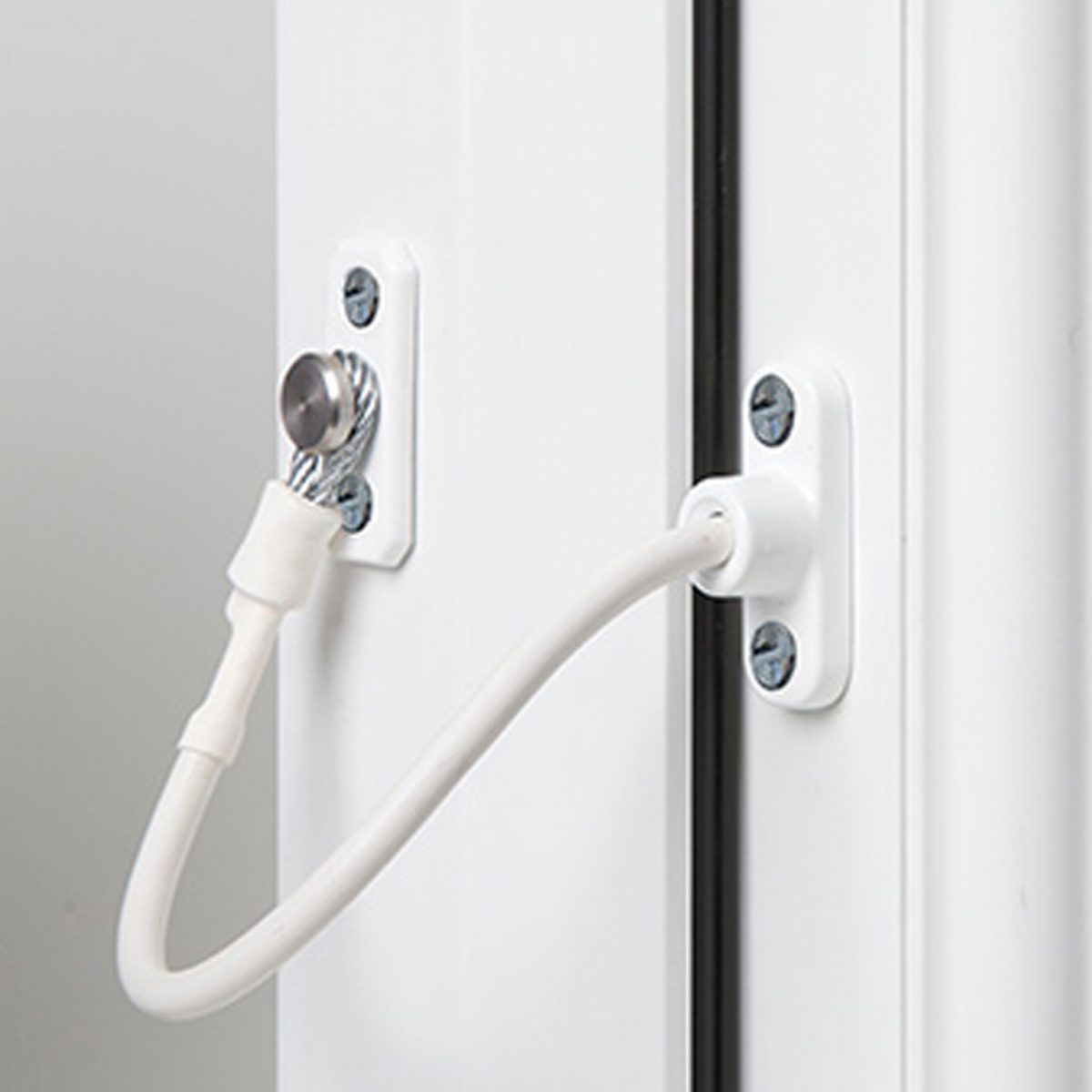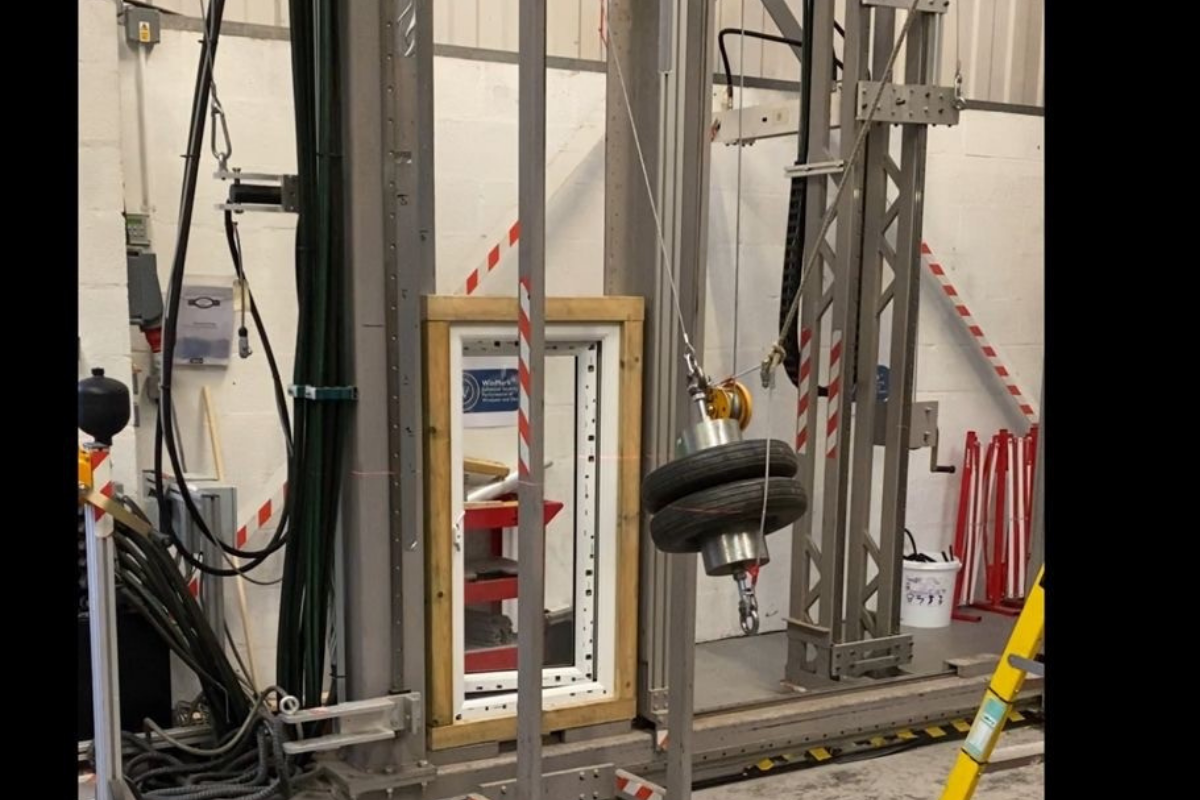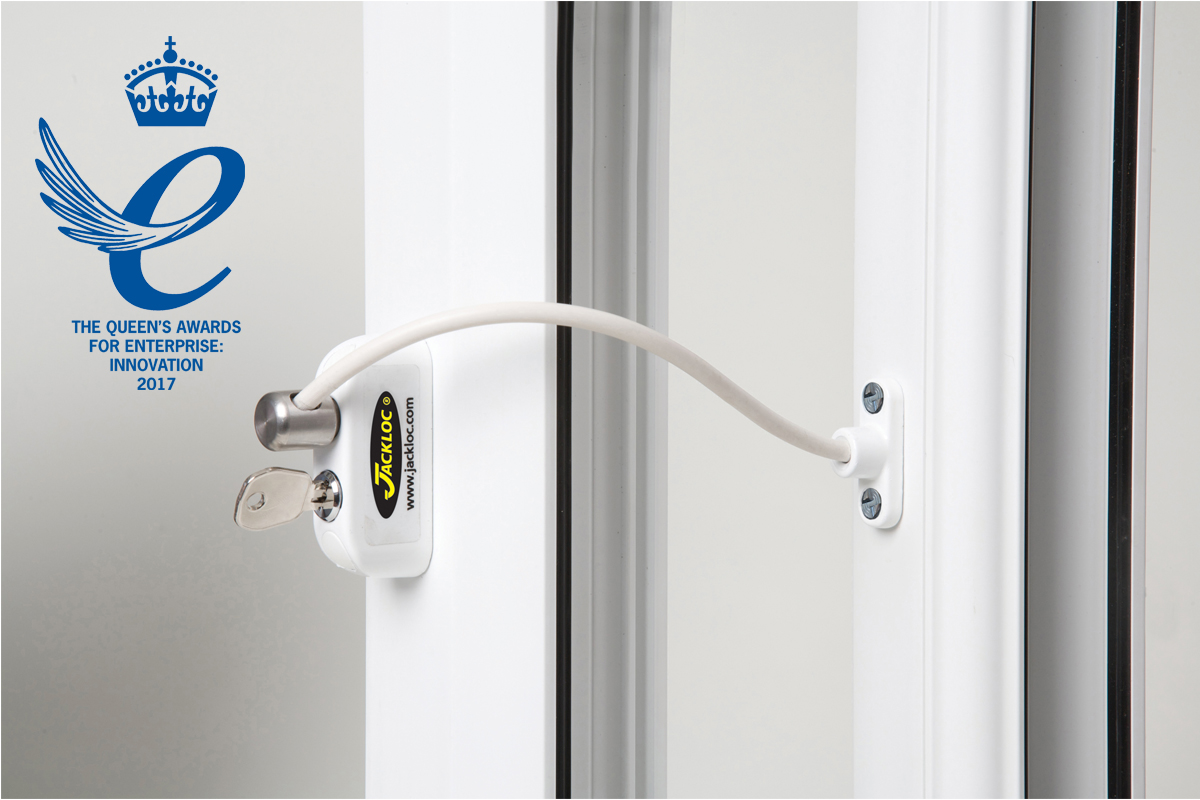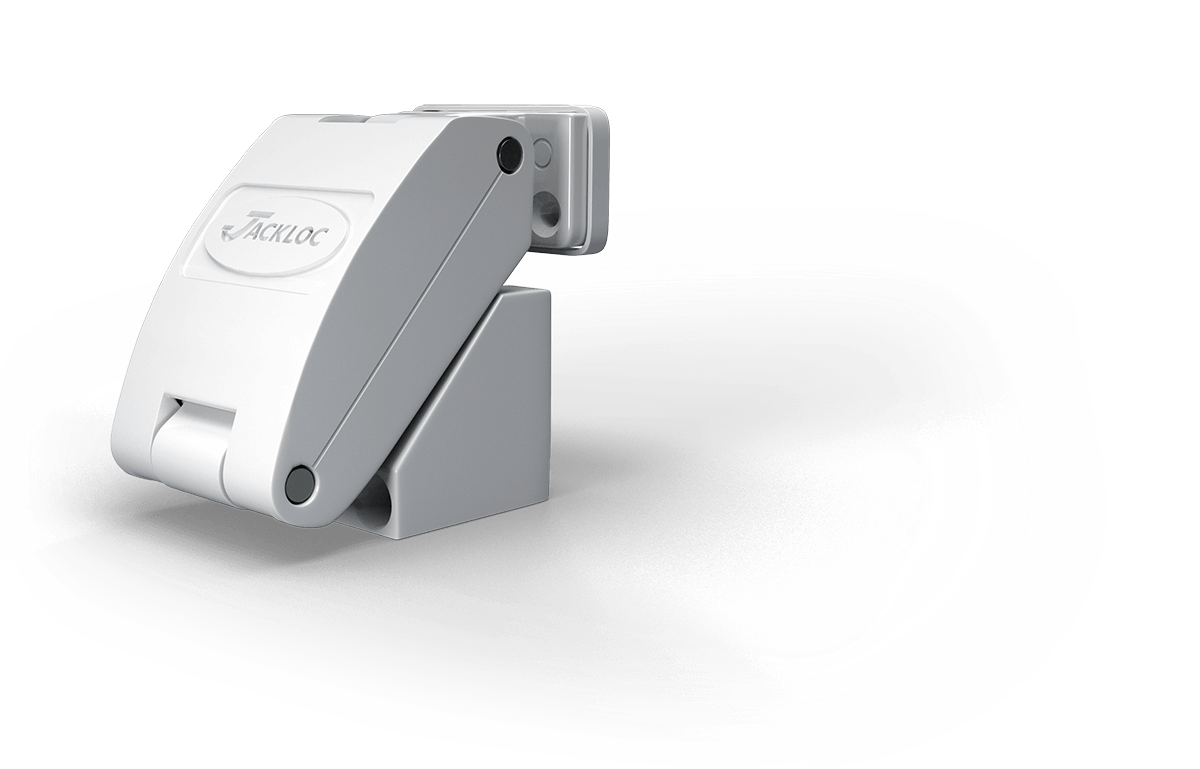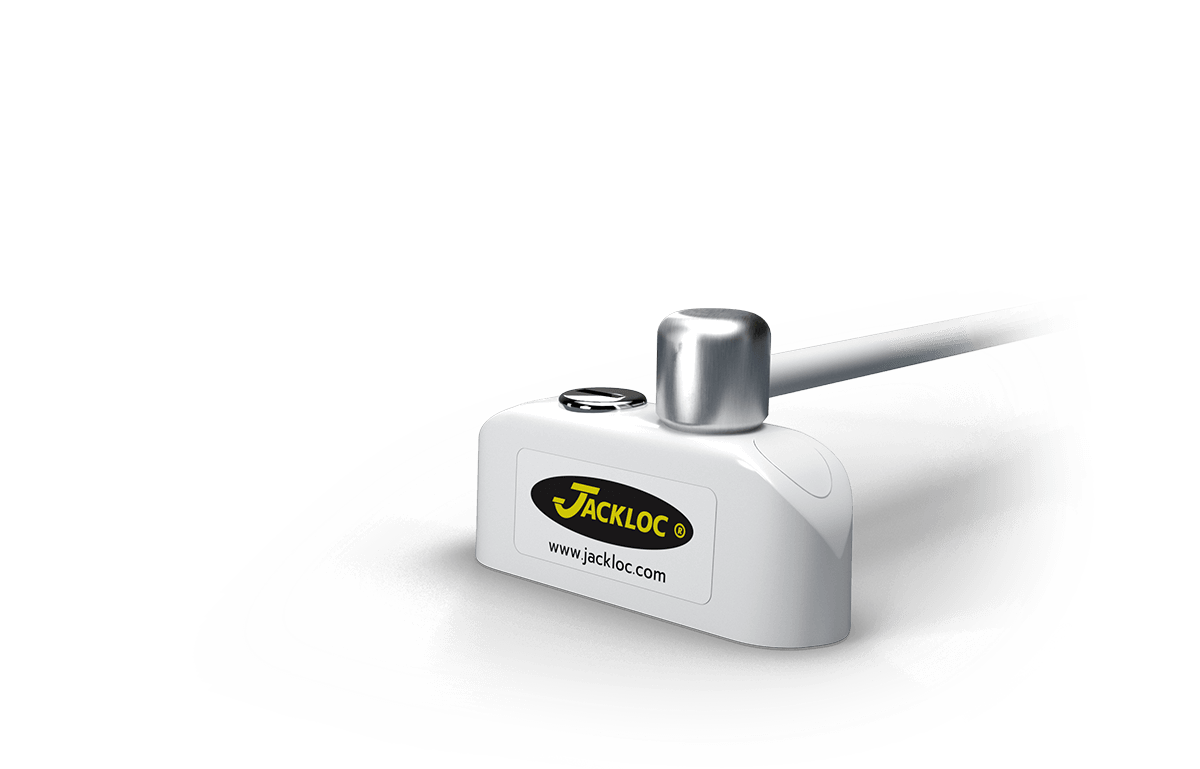Are window restrictors a fire hazard? Window restrictors are important safety devices to stop windows from opening too far to prevent falls and as a security measure, read our expert guide of how to ensure window restrictors are fitted in accordance with fire safety if you are wondering whether locking windows is a fire hazard.
In the Home
Of course the first thing to mention about fire safety is the importance of functioning smoke detectors throughout your home so that you have as much warning as possible and that should enable you to exit through a door. However, if a fire breaks out in a home and it is not safe to exit through a door most large windows on the ground floor or first floor of a house could be used to exit the building.
If you have chosen a Push and Twist window lock you will be easily able to open the window using that mechanism. If you choose a Key Window Restrictor it is important for fire safety to place the key close to to the window but not visible from outside. We recommend having the key in a box on the window cill, or hanging by the window on a hook. If the window is designated as an emergency escape window it is recommended that is not of the key locking type, and so the Push and Twist option in this scenario.
We would just like to reiterate that every home should have working smoke detectors fitted and these should be checked on a regular basis.
In the Workplace
The first thing to be aware of with regards to considering are window restrictors a fire hazard in a workplace is that unless there is no alternative, windows are not usually considered to be adequate or acceptable means of escape in the event of a fire in a workplace or public building. This applies to offices and shops, factories and warehouses and residential care homes.
It is also important to note the HSE guidance which states that in care homes, hospitals and education institutions upper floor windows, low-level windows and if a risk assessment deems necessary, all ground floor windows must be restricted to a maximum 100mm opening. This can be achieved either by the window design or by using a window lock or restrictor. The guidance also states that Window restrictors should only be able to be disengaged using a special tool or key. In this scenario the Pro 5 Duo, Pro 2 or Titan key operated window restrictors are recommended. In this situation the key is usually stored in a break-glass unit next to the fire escape window.
Window restrictors fitted to windows that have NOT been designated as a Fire Escape should not affect your fire safety procedures and precautions. Provided you have adequate escape routes via doors and fire escapes, fitting a window restrictor to windows is not a fire risk.
Window Restrictors on Fire Escape Windows
Window restrictors CAN even be fitted to windows designated as Fire Escapes, as long as the restrictor being fitted has a release mechanism, which is permitted to be child resistant. This could be a Push and Twist mechanism or most commonly a key mechanism with the key stored in a break-glass unit next to the fire escape window.
Remember that if the Fire Escape window is a window covered by the HSE requirement to restrict the opening to 100mm the restrictor must be operated with key or other special tool, it can’t be a twist or push mechanism. Fore more details about where window restrictors are required to stop windows from opening too far read our guide
Fire Safety Inspection
In the workplace we recommend you contact your local fire officer at your nearest Fire & Rescue Service to request advice or even an inspection.

